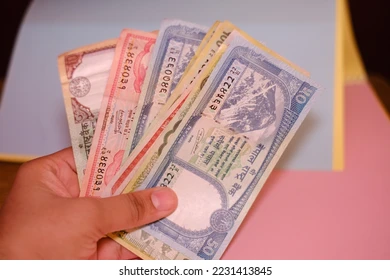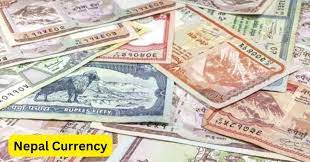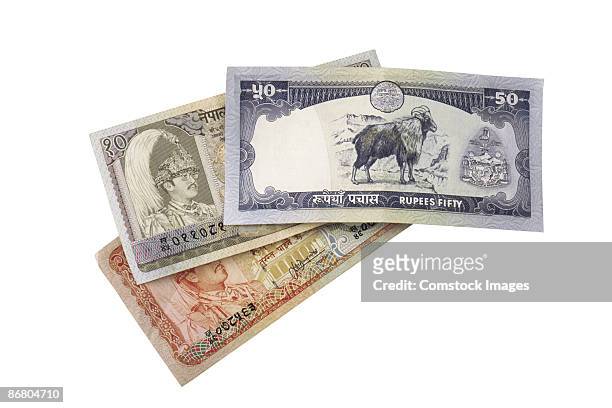Introduction:
The interesting nexus of culture, history, and economy represented by the Nepalese Rupee (NPR) embodies the energy and tenacity of the people of Nepal. We will examine the Nepalese Rupee’s historical foundations, aesthetics of design, economic value, difficulties encountered, and global ramifications in this in-depth investigation.
Historical Evolution:
The historical fabric of Nepal is deeply ingrained in the Nepalese Rupee. A variety of transaction methods were used long before the creation of the modern money, from conventional barter systems to the use of cowry shells and silver mohars. In 1932, the silver mohar was replaced with a centralized currency system, and this marked the official beginning of the present Nepalese Rupee. The Nepal Rastra Bank’s banknote issuance signaled the start of a new chapter in the country’s economic history.
Design Aesthetics and Symbolism:
The Nepalese Rupee’s intricate design skillfully blends historical sites, scenic landscapes, and cultural heritage. Every denomination is a kind of canvas on which Nepalese people’s hearts are painted with imagery. The world’s tallest peak, Mount Everest, and other flora and fauna are depicted on the banknotes, which elevate them above simple means of transaction to cultural artifacts that capture the spirit of Nepal. With every transaction, the notes’ rich patterns and vivid colors enhance their visual appeal and celebrate the uniqueness of the country.
Economic Significance:
Fundamentally, the Nepalese Rupee is a key component of the country’s economic symphony. It serves as a unit of account, giving the worth of products and services inside the nation a consistent measurement. As the nation’s central bank, the Nepal Rastra Bank is in charge of creating monetary policy, controlling the nation’s currency, and preserving stability. Beyond its use as a means of exchange, the Nepalese Rupee has significant economic implications. It affects interest rates, inflation rates, and total economic growth.
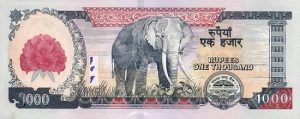
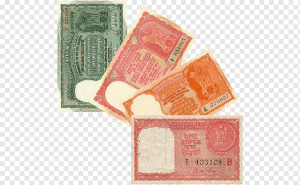
Challenges and Resilience:
Like any other country, Nepal has had several economic difficulties over the course of its history. The capacity of the Nepalese Rupee to withstand natural calamities, political unrest, and changes in the world economy has been put to the test. But despite all of this, the money has persevered through the storm, adjusting to new conditions and serving as a symbol of the Nepalese people’s tenacity. In addition to changing the economic environment, the difficulties have also had an impact on the policies that the Nepal Rastra Bank has implemented to promote stability and expansion.
International Perspective:
While the primary function of the Nepalese Rupee is domestic, it also plays a role in international trade and finance. It is important for policymakers to comprehend the global dynamics that impact the value of the currency. The currency’s position in the global market is influenced by a number of factors, including geopolitical developments, economic data, and global market trends. Not only is a strong and stable Nepalese Rupee essential for the country’s internal economy, but it also affects Nepal’s standing internationally.
Financial Inclusion and Technological Trends:
Recent years have seen a rise in digital finance and technology developments that have begun to impact Nepal’s financial scene. New opportunities for financial inclusion have been made possible with the advent of mobile banking and digital payment systems. Although the Nepalese Rupee continues to be the medium of exchange used in the nation’s economic dealings, the incorporation of digital platforms highlights Nepal’s flexibility in response to contemporary financial patterns.
Cultural and Social Impact:
The Nepalese Rupee has significant cultural and social ramifications in addition to its economic significance. The images on the banknotes are educational tools in addition to reflecting the natural beauty of the country. The portrayal of historical people, structures, and cultural icons aids in the preservation and promotion of Nepal’s rich cultural legacy. The money serves as a link between generations, promoting a feeling of national identity and tying the past and present together.
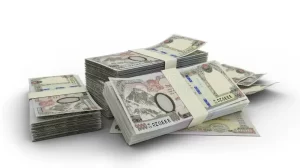

Conclusion:
In summary, the Nepalese Rupee is a complex object that combines the historical, cultural, and economic facets of the country. From its modest historical origins to the elaborate patterns on its banknotes, the Nepalese Rupee narrates a tale of tenacity, flexibility, and patriotism. The Nepalese Rupee, which reflects the spirit of the people and the goals of a dynamic and changing society, continues to be a symbol of the nation’s journey as it navigates the currents of global economic changes and technological breakthroughs.

